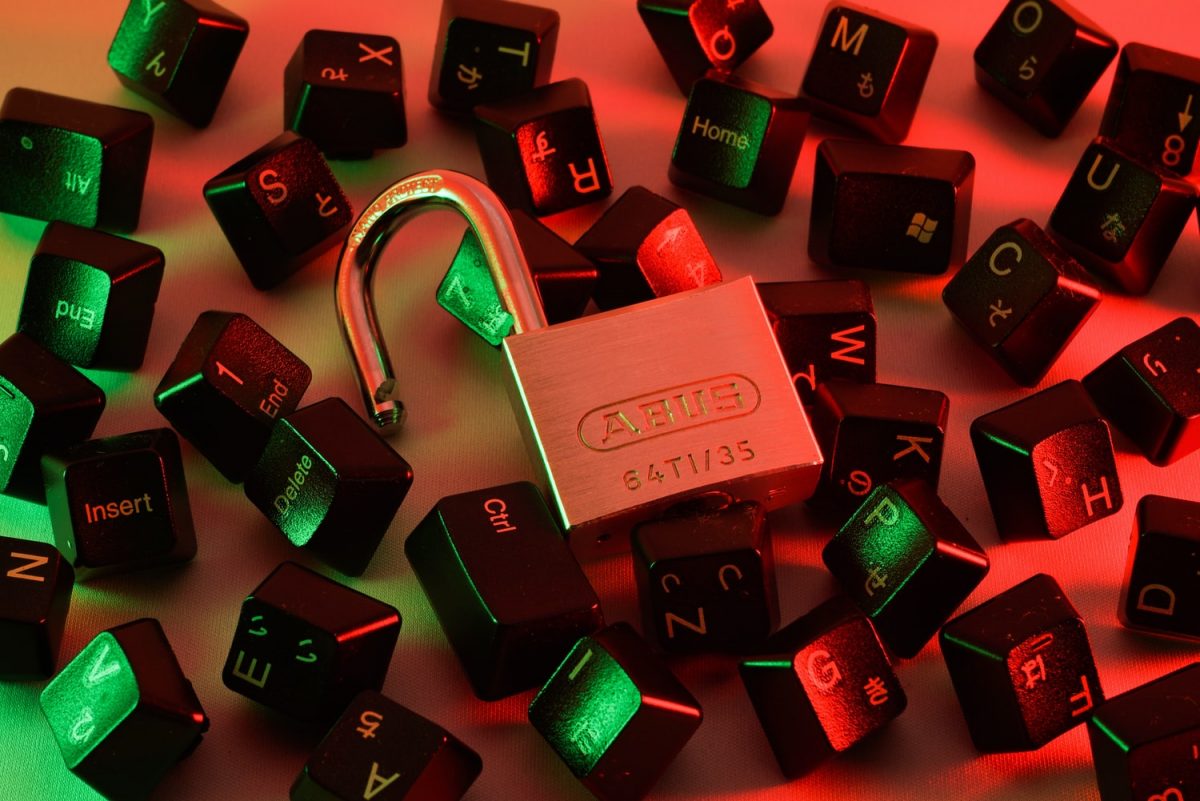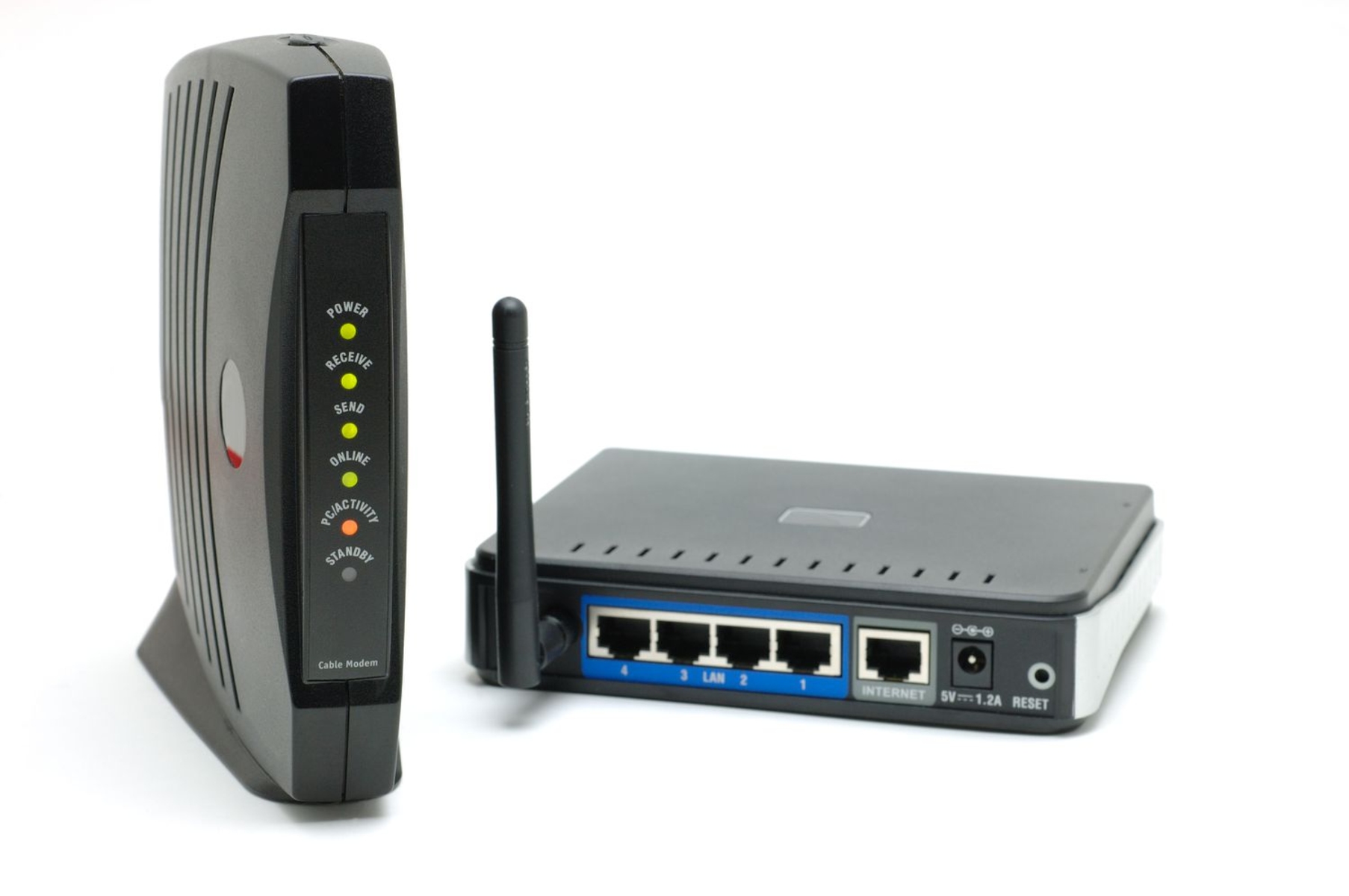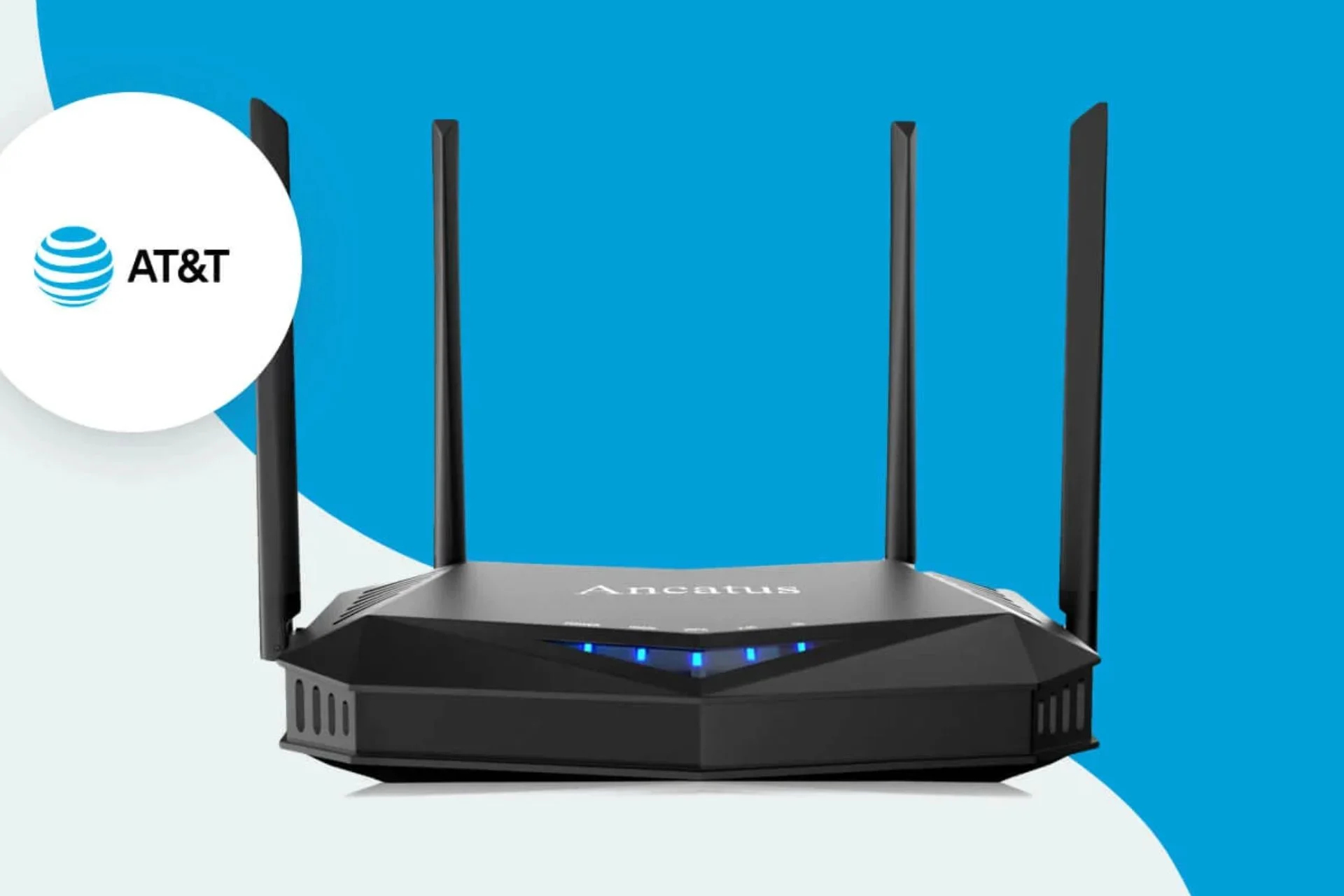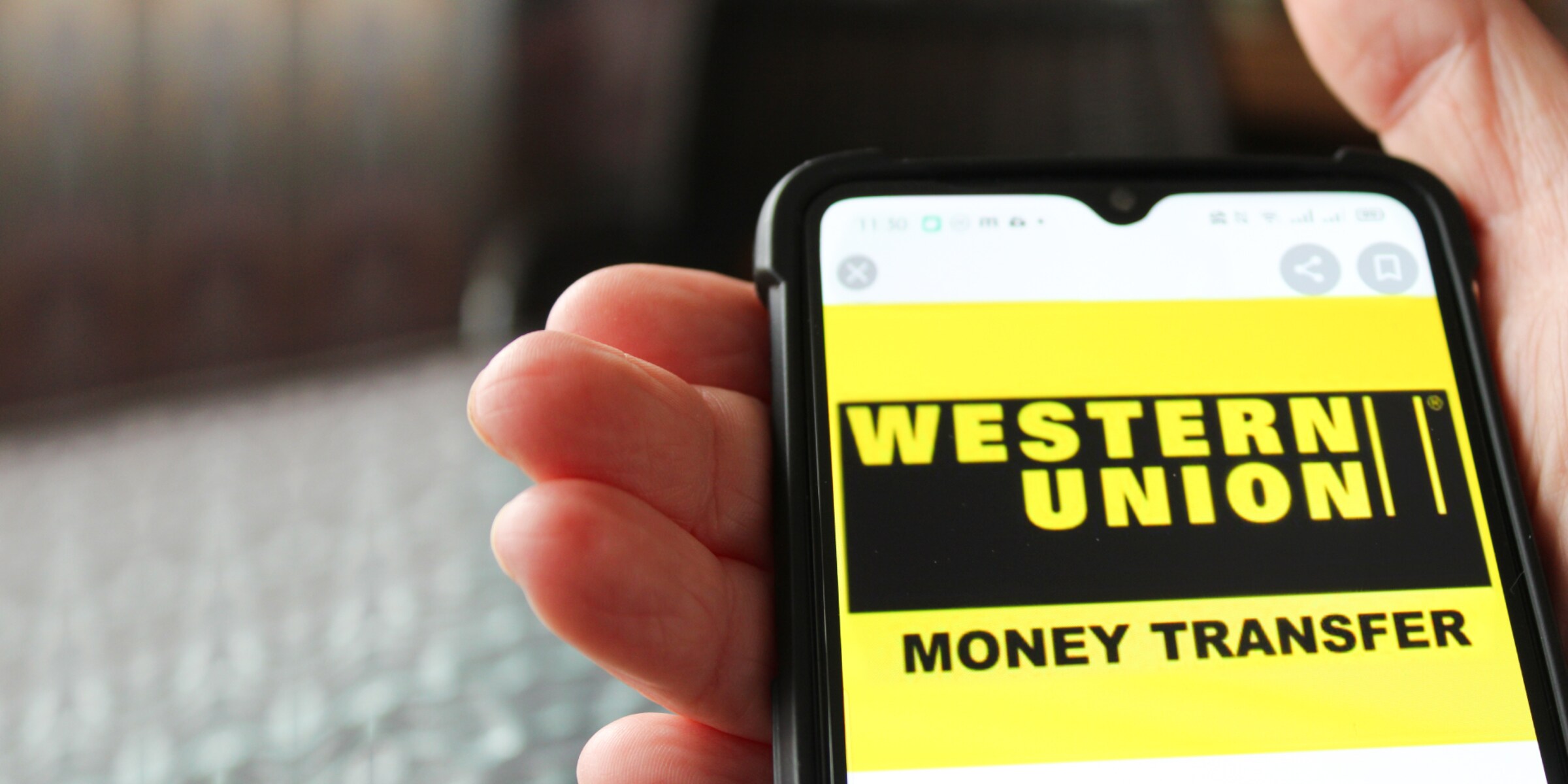Good password ideas help keep your online accounts safe from unauthorized access by hackers and cybercriminals. Living in the digital age is often the same as having a separate life online, with many online accounts to go with it. These accounts are protected at the basic level by log-in information involving usernames and passwords.
But while most of us prefer generic passwords that are easy to recall, it does nothing to protect our online accounts and the data they hold. In this article, we’ll share some good password ideas to keep your online safety.


What Makes a Good Password?
A good password is hard to decipher by outsiders. After all, passwords are like keys to our digital information. They are the first layer of protection that we have against online attacks. As such, it’s always in your best interest to create good passwords that are difficult to crack by outsiders. But before you create a good password, you need to be aware of some of the tried-and-tested rules that make for a secure password.
But even when the rules advocate for a complex password, it doesn’t have to be cryptic. These are passwords that are so complicated to the point that no one can remember them. Because, let’s face it, most of us have poor memories and can only remember meaningful things. The goal here is to create passwords that are both hard to crack but easy to remember. It only takes basic knowledge of the rules plus a sprinkling of your imagination.
13 Good Password Ideas For Secure Accounts


There are a variety of rules that you can follow to help you create unique and complex passwords. The key aspect of these rules is that you aren’t supposed to apply them all at once. You can take your pick of two to three rules at any time and then apply them together for a single password. The more you change up your password style, the better. Here are good password ideas and tips to help you out:
1. Make It Complex


This is the central concept in password-making and is one of the good password ideas. It may sound cliche, but it’s a piece of advice that not many people follow. The concept behind a complex password is that you want to make it hard for hackers to guess your password. You want a password that is meaningful to you yet hard for others to track. You want it to be unpredictable, unreadable, and entirely obscure to avoid getting compromised.
2. Avoid Using Personal Information


Another good password idea is to avoid using personal information. When creating a password, do not use names, dates, or places personally identifiable to you. That includes birthdays, hobbies, favorite pets, sports, and so on. Hackers have sophisticated software that can take note of personal details that you give out on social media. They can use these words to try to match your password.
3. Use More than 10 Characters


A long password is a safe password. If you remember your math lessons about permutations, that applies here. A good password idea is to increase the number of characters on your password to a minimum of 10 characters. Doing so increases the pool of potential passwords since you have more combinations of characters to try out. This makes it much harder for cybercriminals to crack your password, even with sophisticated software. If you create a password with mixed letters, numbers, and characters, the list of possible passwords increases to the millions.
4. Add Special Characters


Using a combination of letters, characters, and numbers is not only one of the good password ideas but also a great way to throw off hackers and their tools. The answer is also related to the number of potential passwords that software needs to generate. Adding symbols and numbers to your password increases the list of possible passwords to a significant degree. For example, “0rang3#$#l3m0n” is harder to crack than “orange101lemon.”
5. Use a Password Manager


Another very convenient way to protect your passwords is to house them within a password manager. A password manager can store all your usernames and passwords in an encrypted location on your computer. But perhaps the best thing about password managers is that they automatically retrieve your password whenever you need them. That means you don’t need to remember long and complex passwords. Some password managers are even able to generate random passwords that are hard to guess.
If you’re on the lookout for reliable password managers, we’ve got you covered with the best password manager software available.
6. Use a Password Generator
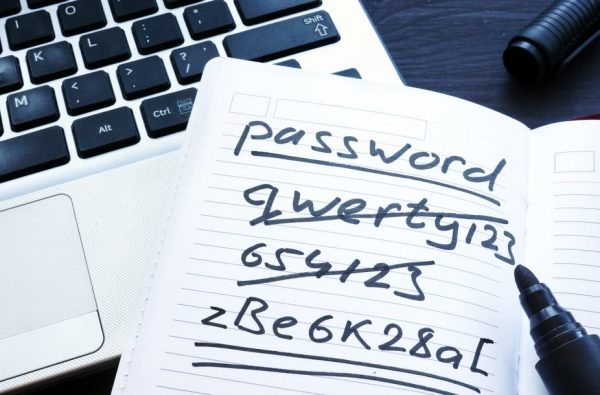

Similar to password managers, password generators are online tools that randomly generate passwords for you. This type of software has been programmed with strong passwords in mind. As such, the passwords they generate are often complex and entirely unique. Most passwords allow you to create long-tail passwords with up to forty characters. For most, you can create passwords with four to 40 characters. Some password generators are also able to load your passwords onto web pages and apps automatically. This is another one of our staple good password ideas.
7. Use a Different Password for Each Account
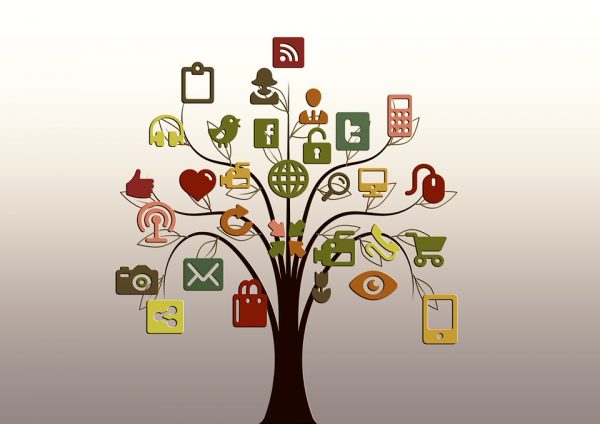

Another way to throw hackers off your trail is never to reuse your password. Granted, it’s very convenient to create a single password for all of your accounts. Most of us are probably guilty of this at some point. But with the ever-present threats of security breaches, at least one or two of your passwords have most likely been compromised. This is why it’s important to treat your accounts as entirely separate and keep a list of passwords without repeating them. It’s essential for accounts where your financial information is stored (e.g., credit card, banking). This is another one of the tried-and-tested good password ideas.
8. Change Your Passwords Frequently


Changing your passwords frequently is among the good password ideas you should folow. It’s best to change your passwords every two to three months, especially for financial accounts. This helps to keep your passwords “fresh” and keeps hackers off your track. It ensures that your old password will no longer work in case of a data breach.
9. Write Down Your Passwords


Once you’ve created your unique passwords, there’s a chance that you won’t remember them all. To ensure that you don’t lose your password via memory loss, it would help to write them down somewhere. Just make sure that the notebook or folder where you wrote them down will not be discoverable by other people. Now, experts caution against keeping a digital copy of your passwords somewhere on your computer. But if you must, change the file name to something obscure. Better yet, upload the file to encrypted cloud storage or use a password manager as mentioned earlier.
10. Do Not Use Real Words


Hackers and cybercriminals have an arsenal of sophisticated tools to accomplish their criminal goals. And these nifty tools are quite scary when you consider that they can process every word in the dictionary. Not to mention, they can also process letter and number combinations. If you can’t trust even the words in the dictionary, perhaps it’s time you created your own words. You can also twist some dictionary words into your own. Made-up words like “spiffeldorf” or “peridoodlle” might do the trick. This is one of our staple good password ideas.
11. Deliberately Add Misspellings


As we’ve mentioned, hackers love to use software to crack passwords. These types of software are great at running actual words from the dictionary, but they’re not so great at identifying words that don’t exist. By deliberately misspelling a word or phrase (e.g., PeperowniPittsaa), the hackers will have no idea what to look for.
12. Choose a Phrase Rather than a Word


Another clever way to get hackers off your trail is to use a phrase or line. The line can be from any riddle, book, poem, or song that you’ve read that you can remember. After picking a line, modify it with letters, numbers, and characters. For example, “to be or not to be, that is the question” from Shakespeare can be translated as, “2borNoT2bTHATisd?” You won’t go wrong with this strong password idea.
13. Enable Multi-Factor Authentication
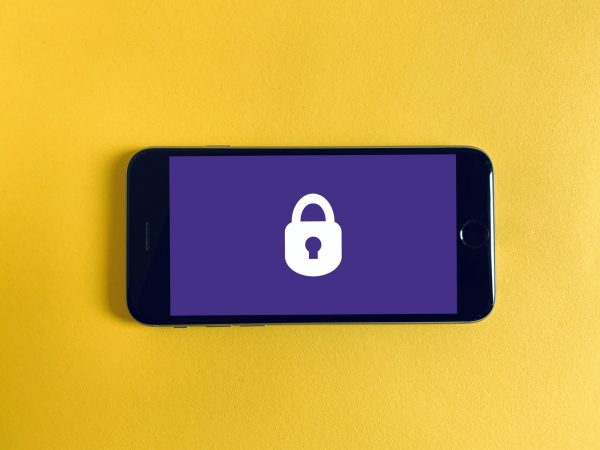

If you want to keep your online accounts safe, adding multi-factor authentication (MFA) is one of the key things you can do. This security method adds extra steps or “layers” of protection for your online accounts. It keeps your accounts safe in case your log-in information gets compromised. It also relies on time-limited codes and biometric information such as fingerprints or face IDs. These are nearly impossible to replicate.
Most apps now offer two-factor or three-factor authentication. Two-factor authentication (2FA) sends a code to your mobile phone or email on top of the log-in request. Meanwhile, three-factor authentication (3FA) might ask for a fingerprint or face ID on top of the code and log-in request. Check your software and mobile apps for options to enable MFA.
Good Password Ideas: Why They Are Necessary
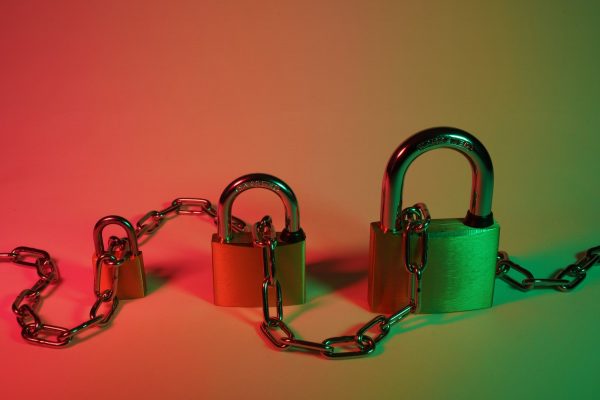

The simple answer, the internet is not as safe as we want it to be. This has been proven time and again with reports of massive data leaks, data theft, blackmail, and so on. But the most alarming part is that most of these cases may have started with something as simple as a compromised password.
Unauthorized access is the common result of a compromised password. The consequences for potential victims can be anything from mild to severe, depending on the extent of the breach. A mild breach might involve infiltration of your email or social media accounts. A more serious breach might involve the theft of valuable data such as your personal or work files. A severe breach, meanwhile, can lead to loss of your banking information, money, and even your identity.
The spectrum of negative consequences is far too varied and colorful. Naturally, we want to avoid being in that situation, and we want to protect our data as best we can. One of the very basic things we can do to keep our accounts safe is to create good, strong passwords. Creating a password is usually the first step to owning an online account. It’s also the first security measure for any online platform.
Creating a good password is a lot like using strong materials to build your home. If you use weaker materials like sticks or wood, there’s a chance that strong winds or a storm will bring your house down. But by using cement or stronger materials, you are future-proofing it from natural disasters. The analogy applies to passwords and online accounts. The more distinctive your password is, the farther away hackers will be in the search for it.
How Passwords Are Compromised


Hackers and cybercriminals are very creative and resourceful human beings. These traits make them an even larger threat to the rest of us who wants to access the internet in peace. When it comes to stealing passwords, they use a variety of techniques to get it done.
1. Guessing


It’s the oldest trick in the book, and it doesn’t require any special tools. That is, hackers try to guess your password based on the information you’ve posted online (e.g., social media posts, personal profiles). The chances of it working increase the more they know about you. But for the most part, it’s a lot like answering an exam they didn’t study for. In other words, the probability of success by simply guessing is extremely low, but it’s not zero.
2. Brute Force Attacks


A brute force attack requires a little more sophistication to carry out. It makes use of special software with computing capabilities. The software checks for password combinations until it finds a match. As you can imagine, this is a time-consuming process, and it fails to work most of the time. However, if the password is weak or common, then there’s a higher probability of success.
3. Purchasing Passwords from the Dark Web


Hackers who are not particularly skilled at their jobs or are too lazy have an alternative way to get their hands on passwords. That is, by purchasing stolen passwords from other hackers on the dark web. The passwords are usually stolen in bulk from large corporations (usually banks), then sold in bulk on the dark web. The people who purchase the passwords can then use special software to try out each of the passwords.
Also Read: How Your Passwords Can End Up on the Dark Web
4. Keylogging


Keylogging is when hackers use special software to record your keypad activity. Hackers use a special type of spyware called keylogging software to execute this type of attack. The way this works is the hackers will infect your computer with this keylogging software. It will log all of your keystrokes and then send back the information to the hackers via the internet. After that, it’s pretty easy for hackers to spot your passwords, especially in text format.
5. Phishing Attacks


A phishing attack is when hackers send fake messages or web pages to get people to provide their log-in information. Most phishing attacks are made through email. That is, the unwitting victim opens a fake email or attachment that looks legitimate but isn’t. malware is then automatically downloaded into the computer system, and its job is to collect information. This type of attack is practically a waiting game for hackers, and it offers a high chance of success.
6. Social Engineering Techniques


Hackers sometimes use a combination of software and psychology to get people to give out their passwords. A common technique they use is called baiting. The hackers present the victims with a false premise to get people to reveal their passwords. For example, you might receive an email stating that you won the lottery. The email will redirect you to a page asking for your banking details to supposedly transfer the money. Other techniques involve scare tactics where victims receive emails and phone calls offering a fake “solution” to compromised hardware.
7. Network Interception


Another way that hackers steal passwords is by intercepting data as it travels over the network. As you may know, data is not sent in the same way that we see it. It needs to be packaged into so-called “data packets” before it can be transported. These data packets are flung over the network towards its intended end on the internet. Hackers can intercept those packets through various means. It can be done with a wireless network adapter or special software (e.g., Wireshark). There is still much debate about the legality of network interception, but it’s a common tactic for stealing passwords.
8. Snooping/Shoulder Surfing


Another way that someone can intercept your passwords is by mere observation. That is, malicious actors may deliberately stay close to you to snoop in on your password as you type. This is common in public places with an open network, such as coffee shops and internet cafes. Someone you know (a colleague, family members, etc.) may also snoop into your things to look for your passwords.
Good Password Ideas: Additional Tips to Keep Your Accounts Safe
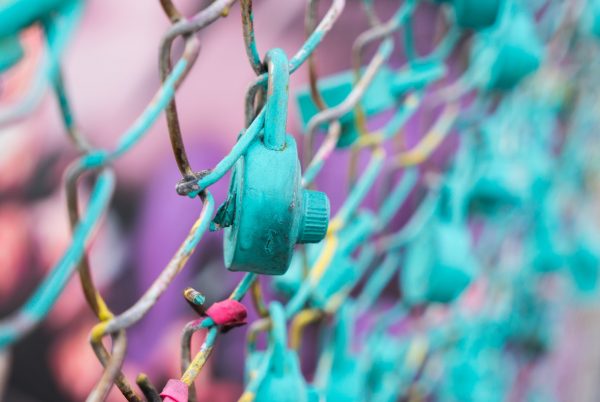

While following good password ideas is always essential to protect yourself online, there are many other techniques available to help you achieve the same end. There are many other safety precautions that you must take to keep your online accounts safe. Check out these additional steps for keeping your online accounts (and devices) safe:
1. Use a Reliable Antivirus Program
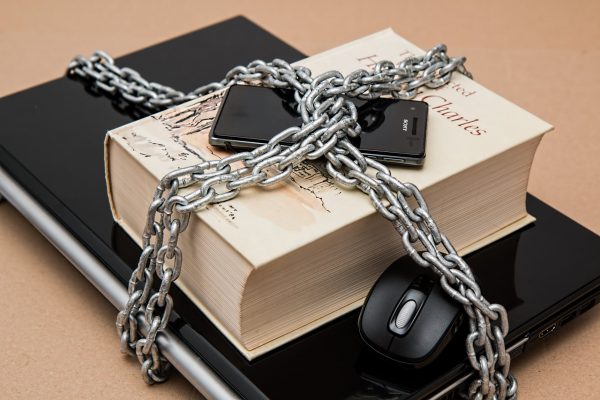

Antivirus software is one of the bare essentials when it comes to protecting your computer. These types of software are just like having a security system for your home. They are able to detect when intruders try to enter and block the intruders from entering. Except in the case of antivirus software, the “intruders” are viruses, spyware, malware, rootkits, Trojans, spam attacks, and so on.
Antivirus programs offer double-layered protection for your devices. Their primary purpose is to scan all the files that you download and import into your device. They can also scan for malware on the websites that you visit, plus your downloads. These scans are meant to determine if the file or website is accompanied by malware. Antivirus programs also put up firewalls that protect your network from multiple threats. In other words, your device and network are both protected.
But some of you might ask, how bad can it be if I don’t have an antivirus? Well, there are a lot of negative consequences that can stem from not getting one. First off, hackers could spy on your and take your personal files and log-in credentials. You could lose access to your files due to the files being corrupted or if a hacker decides to ransom them. In the worst-case scenario, your computer can crash entirely, and you’ll lose all your files.
Keep yourself and your data safe at all times by installing a reliable antivirus program. There are a lot of premium programs available, but you can start with a free antivirus program.
2. Use a VPN
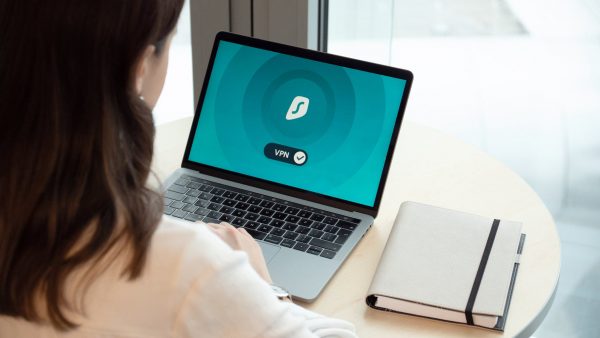

While antivirus programs are great for detecting malicious programs, they’re not able to offer complete privacy. That is, your data packets and your IP address are still visible to anyone watching the network. This makes it possible for external entities to collect information about your online activities. By external entities, we mean internet service providers (ISPs), government surveillance agencies, and even hackers and cybercriminals.
A convenient solution to snoopers is to use a protective VPN service. A VPN is simply a program that protects your data packets as it moves through the network. Before anything else, it encrypts your data and then temporarily replaces your IP address with the server’s IP address. That way, no one watching the network can see your data nor trace it back to you. The software then sends the encrypted data to a remote server, which decrypts the data and sends it through a secure tunnel towards the intended recipient. It waits for a reply from the endpoint, encrypts that information, and then sends it back to you.
As things stand, VPNs offer even more privacy than antivirus programs. They’re a great way to maintain your privacy with a secure network and especially with insecure networks. Insecure networks are those that have too many devices connected to them or a network that is made public (e.g., Wi-Fi in a coffee shop). In addition, it keeps your data from the hands of your ISP or some government surveillance agency.
Ready to set up a VPN? Take a look at this comprehensive guide to help you set up a VPN. If you want a premium VPN service, check out this comparative analysis of ExpressVPN vs. NordVPN.
3. Install a Second User Account on Your Device
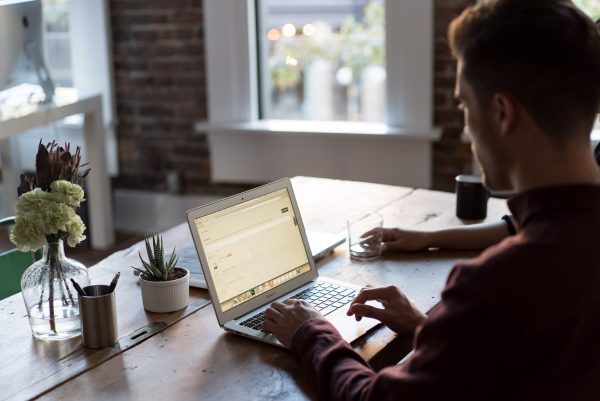

Another way to secure your personal data is by creating a second user account on your computer. It’s not uncommon for people to share computers, but this can easily lead to a privacy breach. It’s very easy for that other person to look into your digital footprints via your web browsers and desktop apps. If you are using a password manager, they can take advantage of the automatic log-in to gain unauthorized access. To avoid these risks, it’s better to create a separate user account. This will prevent the other person from snooping into your personal data, and it will also provide them with a clean slate to work with.
4. Take Precautions with Revealing Sensitive Information
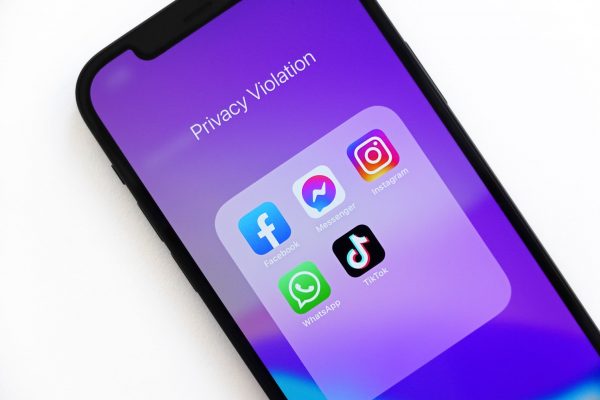

Another sensible way to avoid compromising your online accounts is to avoid sending them through online messages. Anything from emails to Facebook messages to group chats can be a watering hole for hackers. As a general rule, your passwords and personal information have no business being on the internet. It’s also not the business of anyone else but yourself, so it’s best to avoid sharing it. But if you absolutely must, send it through text or a secure email provider. It also pays to be careful in everyday social settings.
5. Protect Other Devices That You Own


While most people understand the importance of security on their computers, they often forget about their mobile phones. These devices are just as vulnerable to attack as computers, even more so now that many fake apps are circulating. As such, it pays to review each app carefully before making a download. It also pays to be vigilant about clicking on links, as these can easily be traps that download malware. Finally, it’s a great idea to get security software on your devices in the form of antivirus or VPN.
6. Stay Vigilant
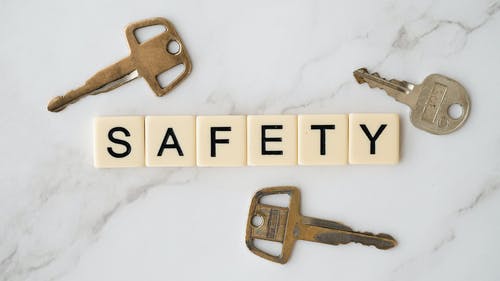

While we all hate hackers and cybercriminals, we can’t deny that they are pretty smart about what they do. They can find their way around human psychology and know exactly when and how to attack. They’re also highly adaptive to changes in security protocols and can develop new types of malicious programs to fit their criminal intent.
This is why it’s so important to exercise caution everywhere you go on the internet. Always be careful about which sites you visit and with whom and where you share information. It also pays to become aware of cybersecurity threats to recognize them if you encounter them. It’s also a great idea to get security software and back up your files regularly for extra measure.
Final Thoughts on Good Password Ideas


A person’s accounts are always linked, even when they are for different things. That is, the common link is always the person who owns the accounts.
If a hacker gets as much as a whiff of a working password to any one of your accounts, they can use this to try and identify your other passwords. A single compromised account can snowball into multiple compromised accounts until you have nothing left. As such, never underestimate the ability of hackers to get to your accounts, and take all precautions possible.
Follow the rules for good password ideas, and take advantage of software that can protect you. The key takeaway is that not a single strategy will protect you completely. But the strategies taken together will significantly increase your chances.







